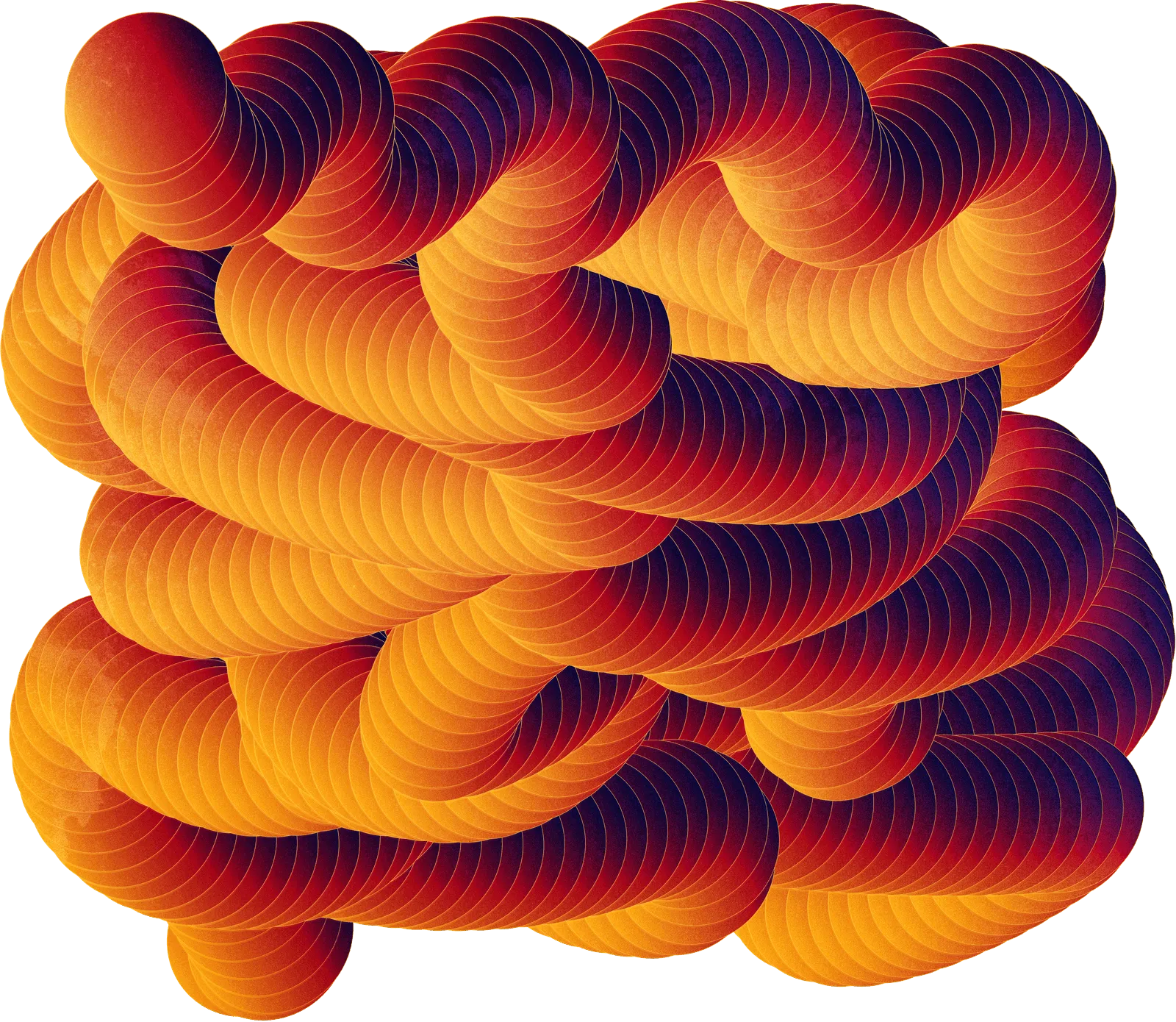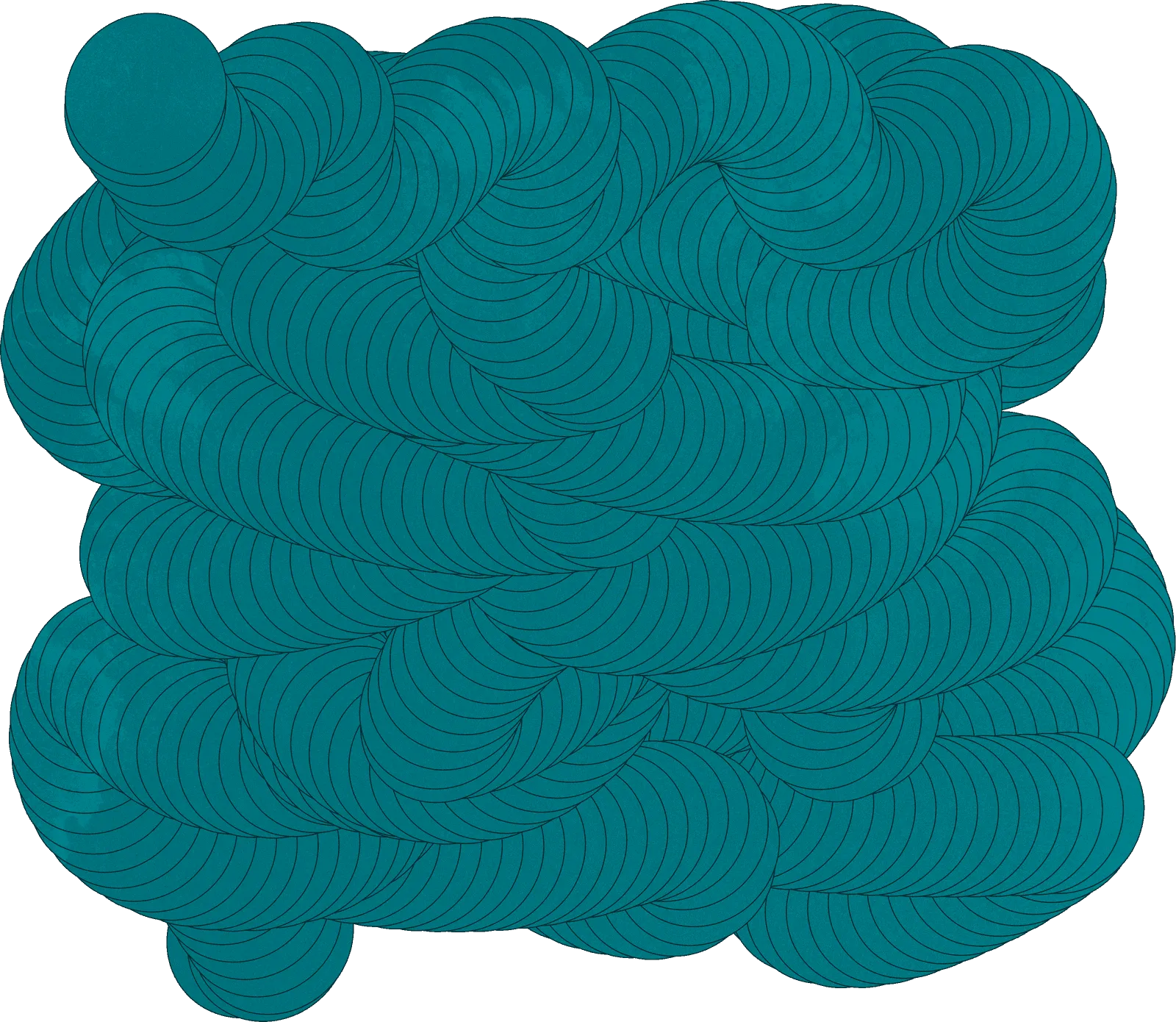Treating Crohn’s
While there’s no cure for Crohn’s, treatment may help reduce and relieve symptoms. Long-term remission may also be possible with appropriate treatment.

Your voice matters
You and your care team can work together to make treatment decisions that are right for you. That means you should always feel free to discuss your condition and any symptoms that are bothering you, ask questions, share your values and opinions, and weigh your options for the best path forward.
Treatments
Below are some prescription treatment options for Crohn’s. Be sure to talk with your healthcare provider about your condition and symptoms that are bothering you. This could help when considering a management plan that’s right for you.
5-aminosalicylic acids (5-ASAs)
A type of drug that reduces inflammation in the lining of the gut.
Corticosteroids (steroids)
A type of drug that works quickly to lower the activity of the immune system and decrease inflammation. They are usually only used for a short time because of their side effects.
They’re often used as a bridge until maintenance treatments can reach full effect.
Immunomodulators
A type of drug that suppresses the immune system’s ability to cause ongoing inflammation. They can take several months to improve symptoms.
Anti-integrins
Anti-integrins block inflammation-causing white blood cells from entering tissues throughout your body.
Anti-TNFs
A type of medicine that blocks tumor necrosis factor (TNF) in the body to reduce inflammation in the intestine as well as other organs and tissues.
Interleukin inhibitors
These medicines target and attach to proteins called interleukins, which play a role in gut, as well as other organ and tissue, inflammation.
JAK inhibitors
JAK inhibitors target proteins called Janus kinases (JAKs), which play a role in activating the body’s immune response. This results in reducing the activity of the immune system, which helps decrease inflammation.
Each treatment option comes with its benefits and potential risks, and depends on your individual situation.
Synthetic small molecule drugs can reduce inflammation in the intestines by targeting immune-system pathways. These are oral medications, which means you take them by mouth.
Biologics are medicines made from living cells. They target proteins in the body that may be involved with the inflammation that occurs in IBD.
Biologics can be easily damaged by the acid in your stomach, so they are given by an injection or an infusion (a needle placed in your vein).
Surgery
Surgery may be considered in the management of Crohn’s disease, especially when complications arise, treatment (or medical management) isn’t working well enough, or symptoms persist without relief.
Surgery can remove a damaged portion of the digestive tract then reconnect it to a healthy section. Surgery may also be used to close fistulas and drain abscesses.
The surgeries listed below are not the only surgical options for Crohn’s disease. Your care team may discuss other surgical options with you based on your individual situation.
Strictureplasty
This surgical procedure may be needed when a stricture, or narrowing of the intestine, occurs. A doctor performs this procedure in order to widen the narrowed area without removing the intestine.
Colectomy
This surgery involves the removal of all or part of your colon. This could help to temporarily relieve your signs and symptoms.
Fistula surgeries
Fistulas occur when deep ulcers create connections between different parts of the intestine, or between the intestines and other organs or the skin. A fistulotomy is a surgical procedure that opens up the fistula so it can heal from the inside out. A seton placement is a surgical procedure in which a suture or rubber band (seton) is placed in the fistula and then progressively tightened, allowing it to heal. There are a few other ways to treat them with surgery, including filling the fistula with material your body will absorb over time, like a special glue or plug. Reconstructive surgery is also possible.
Small and large bowel resection
Resection is when a doctor removes a damaged area of the intestine and stitches the healthy ends back together.
Abscess drainage
An abscess is a collection of pus. A doctor will make a cut and put a thin tube into the abscess to allow it to drain. The tube may be left in for a week or more.
Total proctocolectomy with end ileostomy
This surgery involves the removal of the colon, rectum, and anus. The end section of the small intestine, known as the ileum, is guided through an opening in the abdominal wall, forming what is referred to as an end ileostomy. Waste exits the body into an ostomy bag that needs to be routinely emptied.
Each surgical option comes with its benefits and potential risks, and depends on your individual situation.
Featured
resource

Our patient mentors are ready to talk
If you would like to schedule a call with someone who understands the challenges of living with Crohn’s, we have a team of mentors ready to talk at a time that’s convenient for you.
Get the latest sent straight to your inbox.
Sign up
